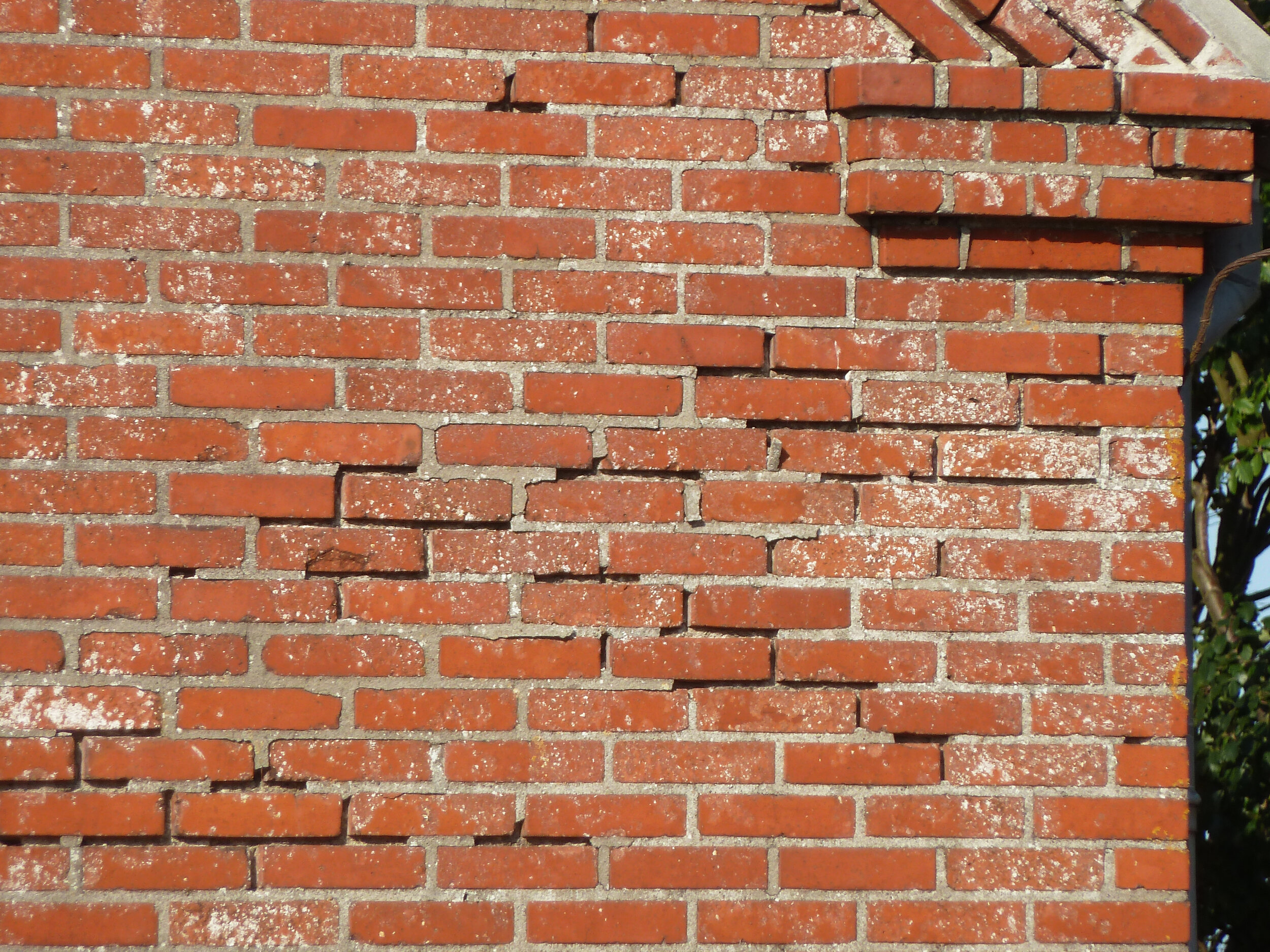
Typical damages / Salt Efflorescence
Salt Efflorescence
Salt efflorescence is an expression for the deposits of salts on the surface of masonry. The deposition occurs when moisture in the wall contains soluble salts, and this moisture is brought to the surface, where it evaporates, and leave the salt crystals behind. The crystals may cause loss of material from the surface.
What to look for
Salt can appear as both white, powdery crystals, or as a white coating, and may appear both internally and externally of the building wall. The salt crystals are able to cause rendering and paint to peel off. But also bare bricks and mortar may turn into powder starting from the surface.
Risks
Often, it is to be seen as an aesthetical surface problem with efflorescence of salts, crust formation and damage due to salt crystallization (spalling, flaking of paint etc.). In other cases, damage may appear due to volume increase and high crystallization pressure, if the façade material isn’t sufficiently resistant. The loss of material, e.g. joints, may cause water penetration in the wall. Furthermore, salt will bind moisture from the environment to the material, causing causing a constant high moisture content even after the moisture transport from e.g. ground water has stopped. Red bricks usually have a higher porosity when compared to yellow bricks, and thereby attract more moisture and salt.
Why it occurs
Salt efflorescence is an indication of the presence of moisture. Salts are water-soluble and can therefore be transported with moisture. When the moisture content decreases, salt crystals are accumulated, typically beneath the surface of the masonry. Due to expansion of salt, and crystallization pressure, salt can cause serious damage to masonry. The salts can originate from both the building materials themselves, from the soil, from pollutants in the surrounding air, or from road salt. Salt attracts moisture from the environment including the air. Thus, the moisture level is kept rather constant with the presence of salt, which will crystallize where the moisture level is not constant, i.e. at the surface.
Where to look for risks
Often salts will migrate with rising damp, so basement walls, or the façade near the plinth are often good indicators for presence of salt.
Coastal buildings, and buildings by large roads salted eagerly in winter, are more exposed than other buildings in less saline environments. Damage in pedestal areas are typical. Also special parts of buildings e.g. corners may be prone to higher salt concentrations due to urination. For a complete diagnosis of salt content in masonry, the salinity can be measured in drill dust samples, and should not exceed 0.5 % by weight.
What to do
There are different methods for salt remediation.
With a planned drying, salts will reach the facade. These must always be removed dry on the surface.
In the case of brick facades, the joints must be completely renovated up to at least 50 cm beyond the affected areas.
In the case of partially high salt contents, the salt-loaded areas are removed, i.e. contaminated plaster or stones are removed and new plaster or stone replacement is applied, resulting in a natural reduction of the salt content.
Special coatings and it systems can be applied to the surface. After the plaster has been saturated with salts, the restoration plaster has fulfilled its function and must be removed.
In special cases, different chemical and physical processes can also be used.








